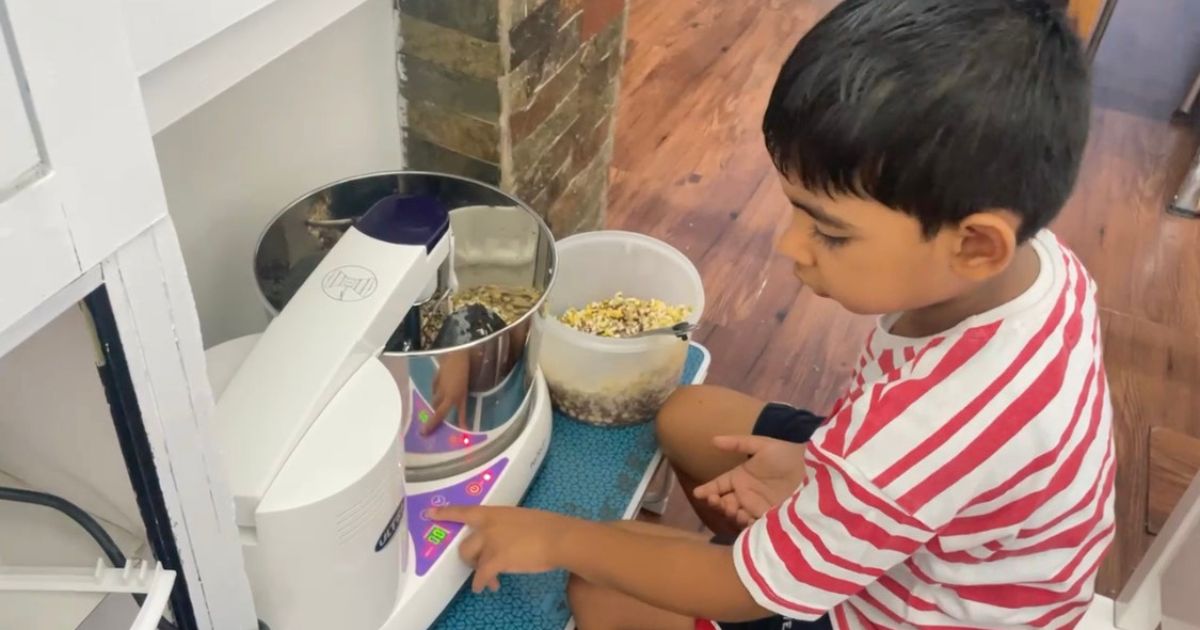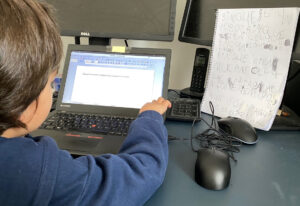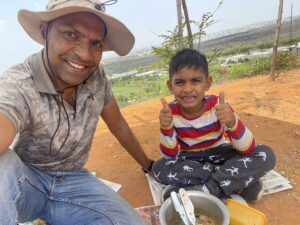As a parent, I’ve always been fascinated by the incredible potential for learning that exists in our everyday surroundings. It’s like discovering hidden treasures in plain sight. My son Laksh has a boundless curiosity and an insatiable appetite for hands-on activities. He’s a doer, a mover, and a shaker, always eager to dive into the thick of things. And so, I embarked on a journey to harness this natural zest for learning and turn our daily experiences into rich educational adventures.
Let me take you through one of our favorite activities – grinding idli batter. It might seem like a mundane chore to some, but for us, it’s an exciting opportunity to explore a multitude of subjects and concepts. As we gather around the wet grinder, I can see Laksh’s eyes light up with anticipation. He knows that there’s more to this task than meets the eye.
First things first, I explain to Laksh what a wet grinder is and why it’s called so. We delve into the differences between a wet grinder and a mixer, discussing the mechanisms and functionalities of each. From there, we segue into a discussion about voltage and amperage, exploring the basics of electricity and power consumption. Laksh eagerly absorbs every nugget of information, his mind buzzing with curiosity.
But we don’t stop there. Oh no, there’s a whole world of learning waiting to be uncovered. We dissect the wet grinder, examining its various parts and the materials they’re made of. We talk about different types of motors, the role of speed and rotations, and even delve into concepts of shapes, height, and volume. Laksh’s hands are busy at work, but his mind is even busier, making connections and drawing parallels between different ideas.
As we grind away, I seize every opportunity to sneak in some language and math practice. We spell out the names of the components, practice phonics, and engage in simple calculations. If this much batter can make x number of idlis, then how many idlis can we make with double the batter? It’s a fun and interactive way to reinforce foundational skills without ever feeling like a chore.
The beauty of this approach lies in its versatility. We don’t need a fancy classroom or expensive equipment to facilitate learning. We can do it right here in our kitchen, or take it outdoors to the park, the mall, or even the theater. Learning knows no bounds, and with a little creativity, we can turn any slice-of-life activity into a multi-dimensional educational experience.
Of course, I understand that every child is unique, with their own learning preferences and strengths. What works for Laksh might not work for another child, and that’s perfectly okay. As parents, our role is to observe, adapt, and tailor our approach to suit the needs of our children. It’s a journey of discovery for both parent and child, filled with ups and downs, successes and setbacks.
But through it all, one thing remains constant – the joy of learning together. There’s something truly magical about watching my son’s face light up with understanding, seeing the spark of curiosity ignite in his eyes. It’s a reminder that learning isn’t confined to the pages of a textbook or the walls of a classroom. It’s everywhere around us, just waiting to be explored.
So to all the parents out there, I encourage you to embrace the power of everyday learning. Look beyond the surface of mundane tasks and discover the wealth of knowledge that lies beneath. Your child’s journey of discovery awaits, and there’s no limit to where it might take you. Let’s embark on this adventure together, one idli at a time.
Capt Venkat





